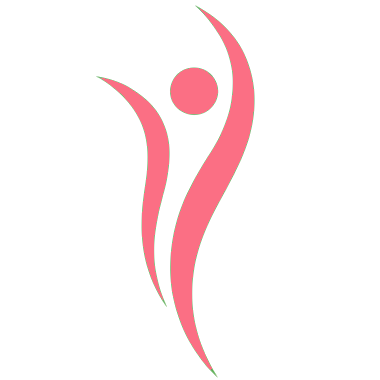SOĞUK LAZER TERAPISI
What's cold laser therapy?
Cold laser therapy is low-intensity laser therapy that stimulates healing while using low levels of light. The technique is called “cold” laser therapy because the low levels of light aren't enough to heat your body's tissue. The level of light is low when compared to other forms of laser therapy, such as those used to destroy tumors and coagulate tissue. Surgical and aesthetic lasers heat the tissue being treated. True to its name, cold laser therapy does not.
Cold laser therapy is also known as:
- low-level laser therapy (LLLT)
- low-power laser therapy (LPLT)
- soft laser biostimulation
- photobiomodulation
How does cold laser therapy work?
Is cold laser therapy for you?
The use of cold laser therapy is growing in traditional medical practice and as a complementary or alternative therapy. It's approved by the U.S. Food and Drug Administration (FDA) for a number of conditions. Cold laser therapy is considered safe when performed under the care of a doctor or qualified practitioner. On the plus side, it's also noninvasive and painless. It doesn't require medication or other preparation either. That being said, cold laser therapy shouldn't be used on carcinomas or cancerous lesions. It should also be avoided on the thyroid or eyes for home use. Since the effect of cold laser therapy on unborn children is unknown, it's suggested that pregnant women avoid this type of treatment. One of the drawbacks of this therapy may be time. While each cold laser therapy session only takes a few minutes, it may take as long as a month (with as many as four treatments a week) before you can gauge its effectiveness.
P
PEOPLE OFTEN ASK
O
OUR PRICES
| Procedure One | $100 |
| Procedure Two | $200 |
| Procedure Three | $300 |
| Procedure Four | $500 |

